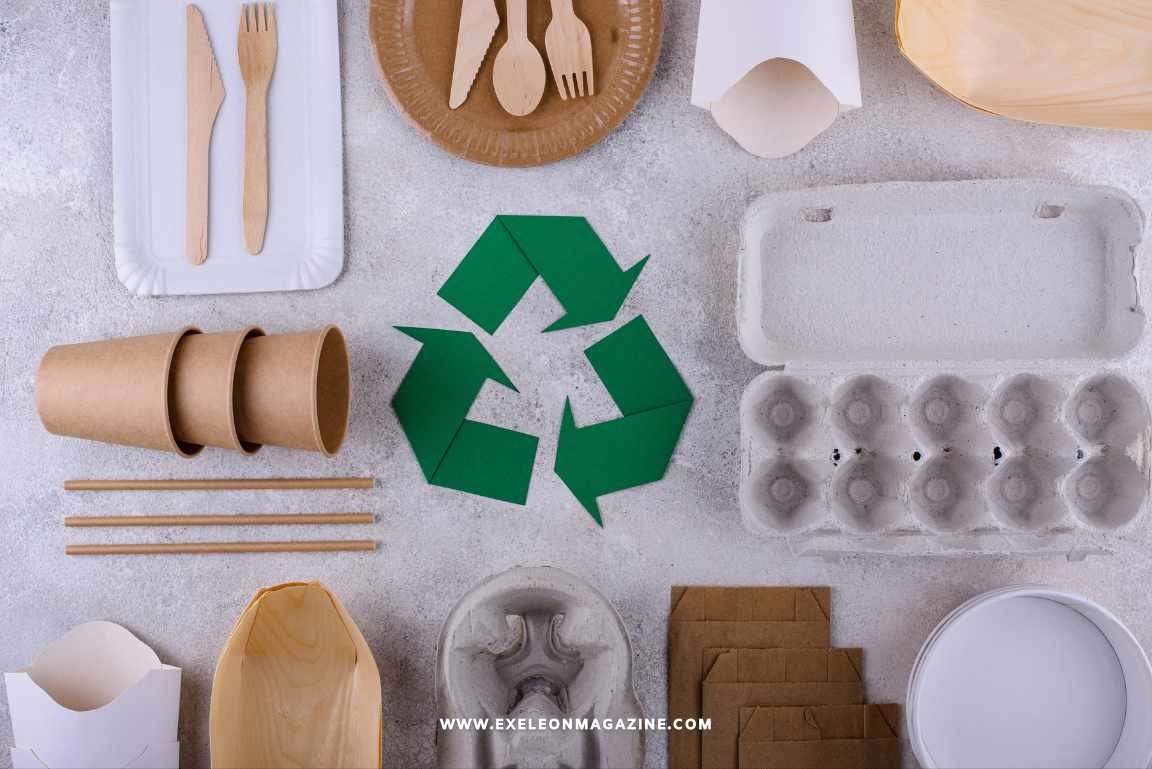
The world of construction is seeing a revolution, thanks to the rise of eco-friendly materials. Prioritizing sustainability, the industry is shifting away from traditional practices, adopting new approaches that reduce the environmental footprint. This evolution not only addresses ecological concerns but also introduces cost efficiency and energy-saving benefits.
Rammed earth: ancient technique for modern times
Embracing the ancient technique of rammed earth, modern architects are channeling old-world charm mixed with sustainability. This method uses natural raw materials from the earth, creating structures that are both sturdy and environmentally friendly. It also benefits from thermal mass, keeping buildings cool in summer and warm in winter.
If you’re considering using any of these innovative materials in your next building project, consult professionals who understand the legal landscape, such as when it’s prudent to call a construction litigation attorney. This precaution ensures all materials meet industry standards and regulations.
Bamboo: The Green Steel
Bamboo is quickly becoming a favorite in modern construction. This renewable resource is known for its strength, versatility, and rapid growth rate, making it an eco-superstar. As a material, bamboo offers great durability and resistance comparable to traditional timber or even steel. It’s especially useful in areas prone to earthquakes due to its flexibility.
Recycled plastic: turning waste into resource
Turning waste into a resource, recycled plastic is making significant strides as a construction material. It breathes new life into plastic waste, diverting it from landfills and oceans. Using recycled plastic for panels, beams, and even bricks helps reduce the demand for new plastic production and lowers the overall carbon footprint of building projects.
Hempcrete: the carbon negative hero
Hempcrete, made from the woody fibers of the hemp plant, is a lightweight insulating material perfect for walls, roofing, and flooring. It’s not only sustainable but also carbon negative – it absorbs carbon dioxide during its growth. This material provides excellent thermal insulation and moisture regulation, ensuring energy efficiency within the building.
Reclaimed wood: beauty in reuse
In an effort to reduce deforestation and waste, reclaimed wood has emerged as a popular choice. Sourced from old buildings, structures, or leftover scraps, reclaimed wood brings unique aesthetics and history into new constructions. It reduces the impact on forests and cuts down on waste, aligning perfectly with green construction principles.
Smarter concrete: enhance with ash
Concrete is indispensable in construction but notorious for its environmental impact. By enhancing concrete with fly ash, a byproduct from coal combustion, eco-conscious developers can reduce the reliance on cement. This not only recycles waste products but also improves the concrete’s strength and longevity.
Glass: recycle and redefine
Utilizing recycled glass in construction not only prevents it from ending up in landfills but also reduces the energy spent on producing new glass. Recycled glass can be incorporated into items like tiles, countertops, and facades, offering both aesthetic appeal and durability.
Actionable takeaways for eco-conscious construction
Incorporating these materials into your projects could revolutionize both the functionality and environmental impact of modern construction. Whether it’s choosing bamboo for its robust qualities or opting for hempcrete to enhance insulation, the benefits are extensive. As you plan your next project, keep these sustainable options in mind.
Remember to consult with experts who can provide tailored advice and support for utilizing these eco-friendly materials effectively. Whether it’s a tweak in design or understanding complex material properties, a professional approach can make all the difference. Making sustainable choices in building materials not only helps the planet but also offers a cutting-edge angle to your construction projects. Choose wisely and build sustainably!









